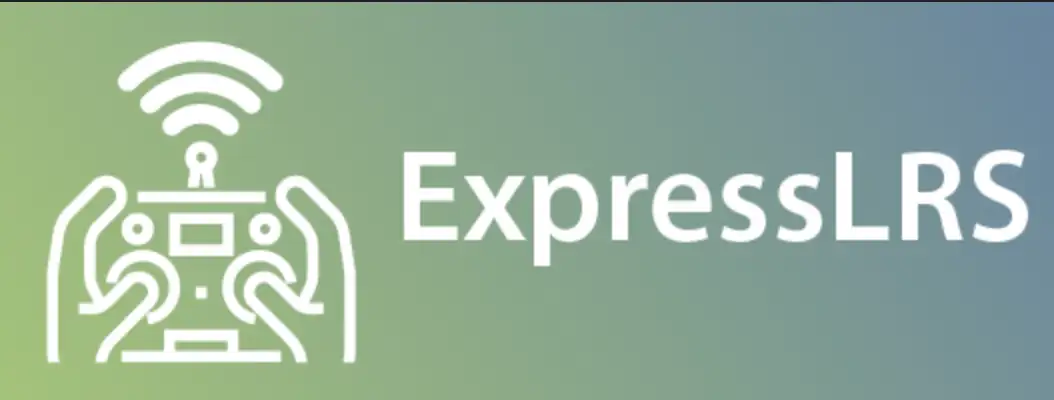
In the world of long-range RC (Radio Control) control systems, two names have risen to prominence: ExpressLRS and Crossfire. These systems are at the forefront of technological advancements, pushing the boundaries of what ’s possible in the world of remote-controlled devices. In this blog post, we ’ll dive into the comparison between ExpressLRS and Crossfire, exploring their features, capabilities, and the advantages they offer to RC enthusiasts and professionals.
ExpressLRS: The Open-Source Revolution
1. Open-Source Foundation: ExpressLRS is an open-source long-range RC control system, which means its source code is freely available for anyone to use, modify, and contribute to. This open nature fosters a vibrant community of developers and users, leading to rapid innovation and continuous improvement.
2. Low Latency: ExpressLRS is known for its exceptionally low latency, which is crucial for precise and responsive control, especially in fast-moving RC applications like FPV (First Person View) racing drones.
3. Customization: Users can customize their ExpressLRS systems to meet their specific needs, from adjusting transmission power to fine-tuning protocols for different environments and frequencies.
4. Cost-Effective: ExpressLRS offers a cost-effective solution for long-range RC control, making it accessible to a wide range of hobbyists and professionals. Most of the time a ELRS receiver is 3 TIMES cheaper than crossfire!
5. Tiny 3mm ceramic antenna. ELRS antenna are ridiculous in size: the way to go for tiny whoops!
I bet that ELRS being open source and cheaper will win in the end.
Crossfire: Industry-Standard Reliability
Crossfire 900MHZ is illegal in EU and Switzerland
Crossfire 868 Mhz is ok, but limited to 25mW
1. Proven Track Record: Crossfire, developed by TBS (Team BlackSheep), has established itself as a reliable and trusted long-range RC control system with a strong user base. It has been used in various professional applications, including filmmaking and long-range drone missions.
2. Long Range: Crossfire boasts impressive range capabilities, making it suitable for applications that require extreme distances and reliability.
3. Secure Communication: Crossfire uses frequency hopping spread spectrum technology to ensure secure and interference-resistant communication.
4. Ecosystem: TBS offers a range of compatible hardware, such as transmitters and receivers, that work seamlessly with Crossfire. This integrated ecosystem simplifies setup and compatibility.
ExpressLRS vs. Crossfire: A Comparison
1. Open-Source vs. Proprietary: One of the primary distinctions is the open-source nature of ExpressLRS versus the proprietary approach of Crossfire. ExpressLRS ’s open-source model promotes community-driven development and innovation, while Crossfire offers a closed ecosystem for added reliability and compatibility.
2. Latency: ExpressLRS is known for its low latency, making it an excellent choice for high-speed racing drones. Crossfire, on the other hand, offers reliable performance but may have slightly higher latency in comparison.
3. Cost: ExpressLRS is often more cost-effective due to its open-source nature and a wide range of compatible hardware options. Crossfire can be more expensive, particularly for those looking for the full ecosystem experience.
4. Range: Crossfire has a longer proven range, making it suitable for applications that require extreme distances. ExpressLRS is no slouch in this department but may not match Crossfire ’s extended range.
Conclusion:
The choice between ExpressLRS and Crossfire ultimately depends on your specific needs and preferences as an RC enthusiast or professional. ExpressLRS offers an open-source, customizable, and cost-effective solution with low latency, making it ideal for FPV racing and more budget-conscious users. Crossfire, with its proven reliability, longer range, and integrated ecosystem, is an excellent choice for professional users who require uncompromising performance.
Both systems have their strengths and have significantly contributed to the advancement of long-range RC control. As technology continues to evolve, it ’s exciting to see how these two systems, along with other innovations in the field, will shape the future of remote control in the RC community.